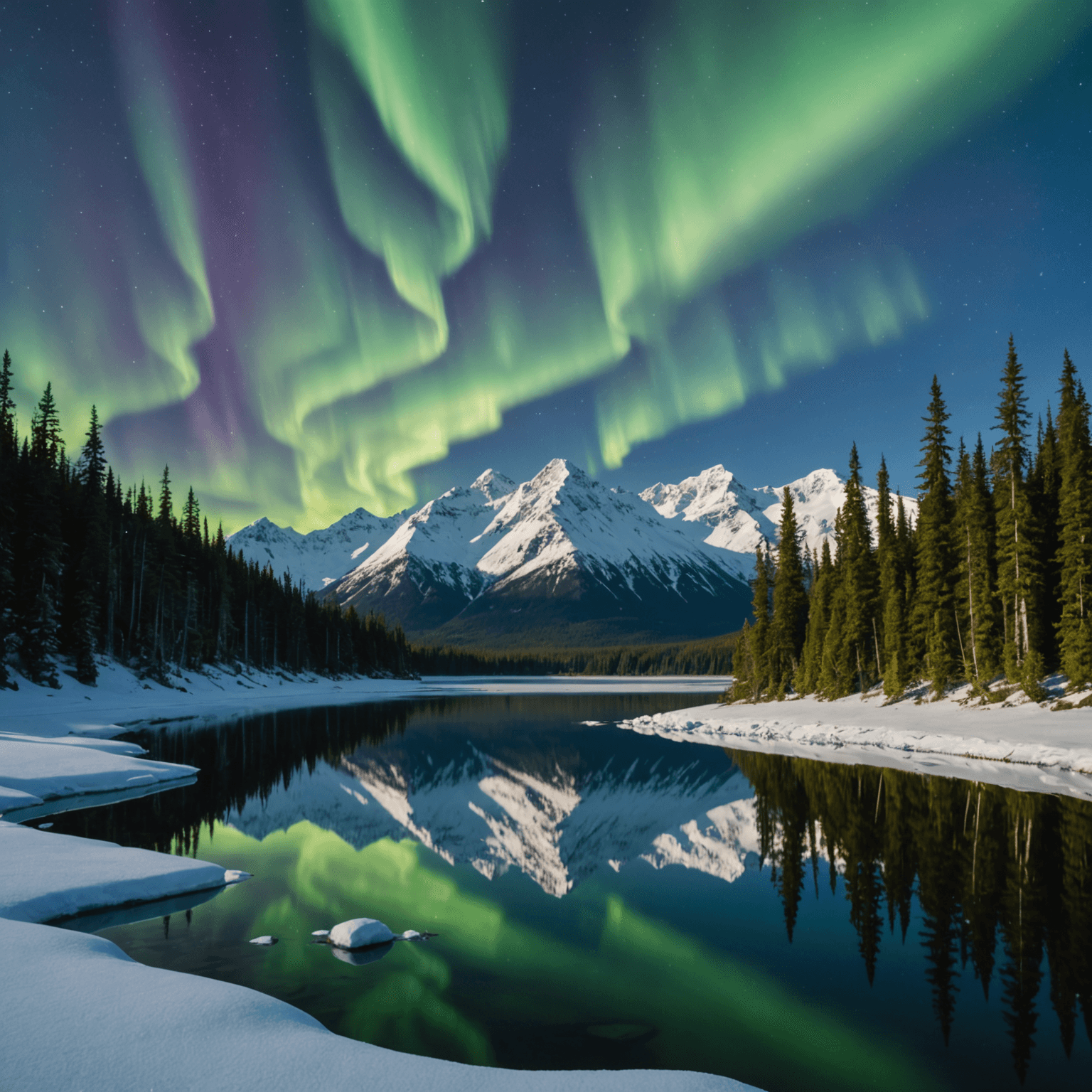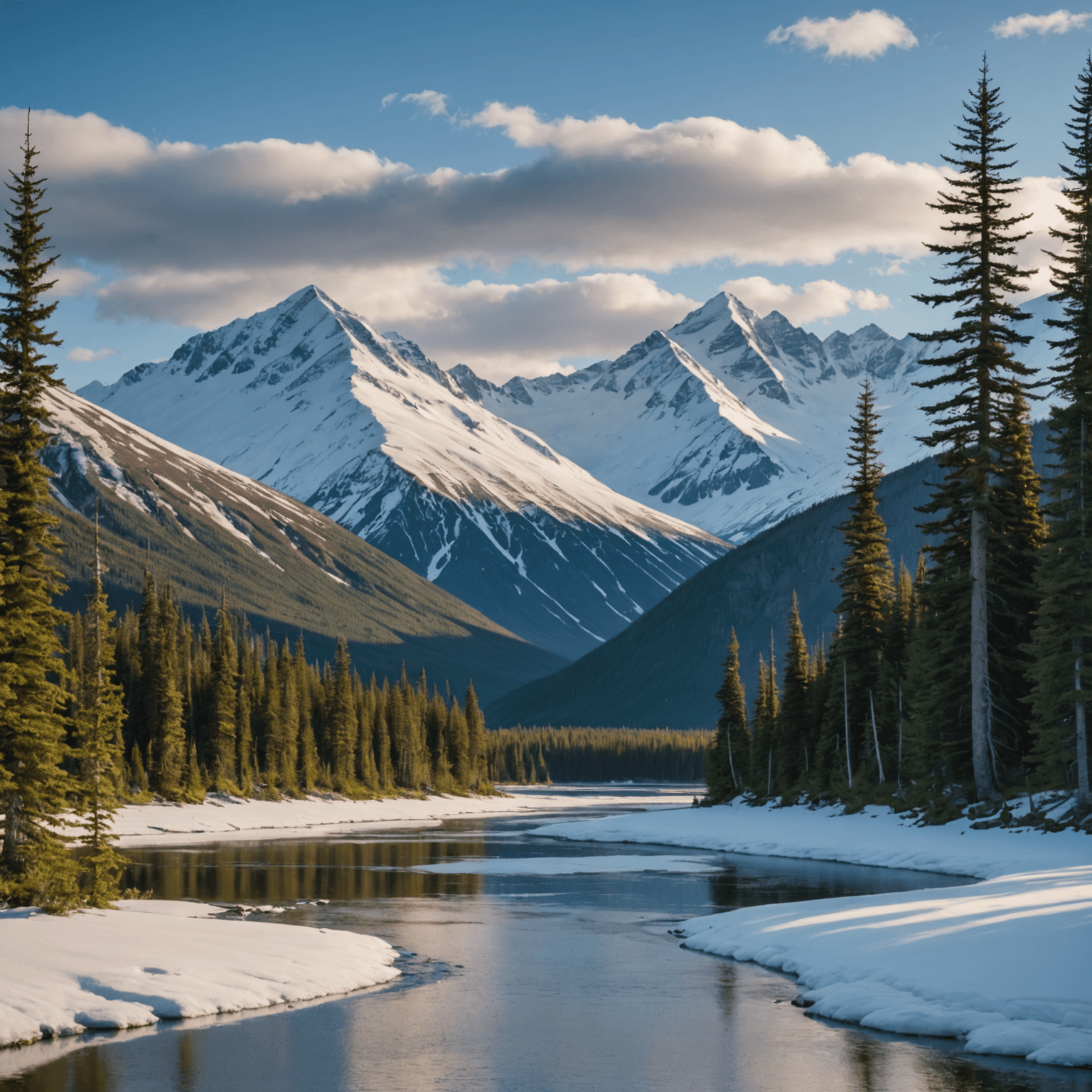Introduction
The Northern Lights, or Aurora Borealis, are one of the most mesmerizing natural phenomena in the world. Observing the shimmering, colorful lights dancing across the night sky is on the bucket list of many travelers. If you’re planning an adventure to witness this spectacle, knowing the best places in the world to view the Northern Lights is crucial. This guide explores the top five destinations, ideal viewing months, and essential tips for your journey.
Tromsø, Norway
Norway is often hailed as one of the best places to view the Northern Lights, and Tromsø is the crown jewel of this experience. Located above the Arctic Circle, Tromsø offers some of the most reliable sightings of the Aurora Borealis. The prime time to visit is between September and March when the nights are longest, increasing your chances to witness the lights.
What to Do in Tromsø
While in Tromsø, consider embarking on a dog sledding tour to make your trip even more memorable. The Northern Lights Ultimate Adventure provides a thrilling combination of sledding and Northern Lights viewing. Additionally, Tromsø’s Polar Museum and Arctic Cathedral are must-see attractions.

Fairbanks, Alaska, USA
Fairbanks is one of the premier locations in the United States for Northern Lights viewing. Its interior location, away from coastal weather patterns, offers clearer skies, making it an excellent choice. The best months to visit are from late August to April.
Activities in Fairbanks
Fairbanks is a hub for winter adventures. Consider taking part in an Alaska Winter Tour for an all-encompassing experience. You can also enjoy hot springs, visit the Aurora Ice Museum, or explore the nearby Denali National Park. For current weather forecasts, visit the National Weather Service.
Abisko, Sweden
Abisko National Park in Sweden offers a unique microclimate with clear skies, making it another top destination for Aurora viewing. The best time to visit is from November to March.
Explore Abisko
The Aurora Sky Station is a famous viewing spot within the park. Guided tours offer insights into the science behind the lights and provide warm gear for comfort. For more travel planning resources, check out Visit Abisko.
Reykjavik, Iceland
Iceland’s capital, Reykjavik, is a convenient and accessible location for viewing the Northern Lights. The optimal months for viewing are from September to April.
Discover Reykjavik
Reykjavik offers a vibrant culture and a host of activities. Consider taking a Combo Tour that includes a visit to the Blue Lagoon and a Northern Lights hunt. The city’s proximity to other natural wonders, such as geysers and waterfalls, makes it a versatile destination. For travel tips, visit Iceland Travel Guide.

Yellowknife, Canada
Yellowknife, located in Canada’s Northwest Territories, is known for its Aurora Village and excellent viewing conditions from mid-November to early April. Its remote location offers a pristine environment for witnessing the lights.
What to Experience in Yellowknife
In Yellowknife, immerse yourself in local culture with indigenous-led tours and traditional activities. The Dog Sled Adventure Tour is a popular choice for those seeking an authentic Northern experience. For safety tips regarding wildlife, visit Living with Bears.
Conclusion
Choosing the best place in the world to view the Northern Lights depends on your travel preferences, timing, and the type of experience you seek. Whether exploring the snowy landscapes of Norway, the vast wilderness of Alaska, or the cultural richness of Iceland, each destination offers a unique vantage point for this awe-inspiring spectacle. Plan your journey well, and you might just catch one of nature’s most stunning displays.
FAQ
1. What causes the Northern Lights?
The Northern Lights are caused by collisions between charged particles from the sun and atoms in Earth’s atmosphere. This interaction excites the atoms, leading to the emission of light.
2. When is the best time to see the Northern Lights?
The best time to view the Northern Lights is during the winter months, from late September to early April, when the nights are longest and darkest.
3. Do I need special equipment to photograph the Northern Lights?
A DSLR or mirrorless camera with manual settings, a tripod, and a remote shutter release are ideal for capturing the Northern Lights.
4. Can I see the Northern Lights from anywhere in the world?
No, the Northern Lights are typically visible near the magnetic poles, such as in parts of Alaska, Canada, Norway, Sweden, Finland, and Iceland.
5. How can I improve my chances of seeing the Northern Lights?
To increase your chances, check the aurora forecast, head to a location with clear, dark skies away from city lights, and be patient.
6. Are there any health risks associated with viewing the Northern Lights?
There are no health risks associated with viewing the Northern Lights, but ensure you dress warmly for prolonged periods outdoors in cold climates.
7. What should I pack for a Northern Lights trip?
Pack warm clothing, including thermal layers, a down jacket, gloves, a hat, sturdy boots, and a camera for photography.
8. Can I combine a Northern Lights trip with other winter activities?
Yes, many destinations offer winter activities such as dog sledding, snowmobiling, and ice fishing, which can be combined with Northern Lights tours. Explore options like the Alaska Snowmobile Tours for an adventurous itinerary.




